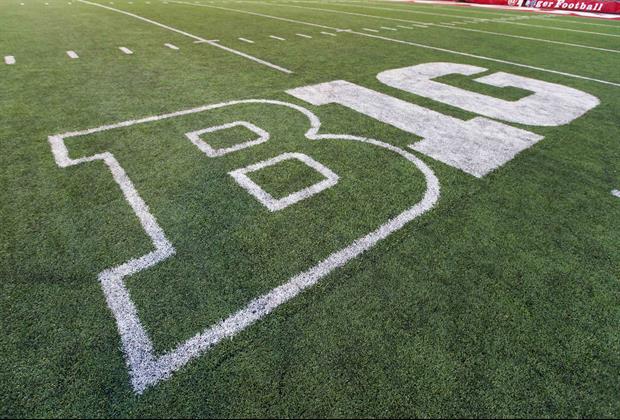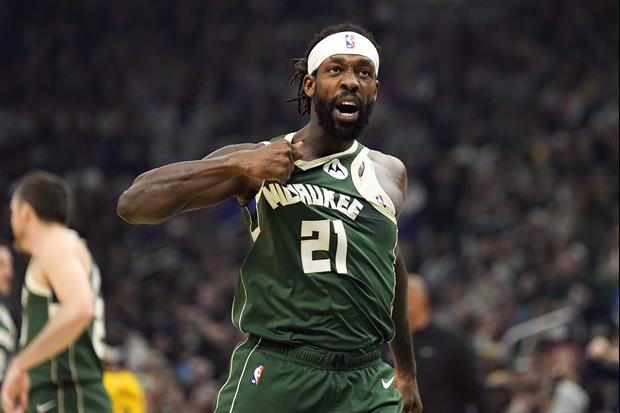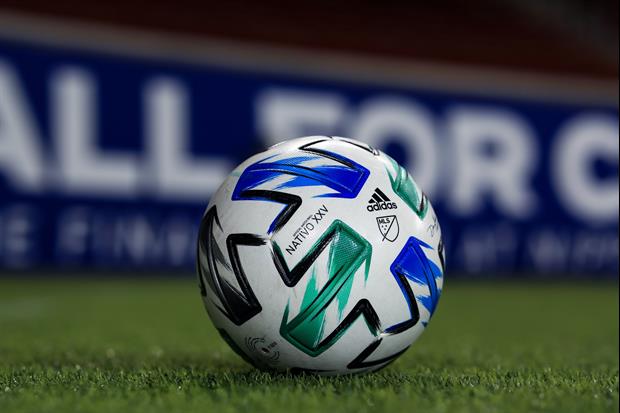| Favorite team: | Alabama |
| Location: | |
| Biography: | |
| Interests: | |
| Occupation: | |
| Number of Posts: | 144 |
| Registered on: | 2/17/2010 |
| Online Status: | Not Online |
Recent Posts
Message
quote:
Announced largest margin of victory ever against an SEC by Bama
We beat Mississippi State 98 to 49 back in 2005.
LINK
re: Show Us How Your Bracket Is Doing With One Gif
Posted by m1q32 on 3/19/21 at 10:21 pm to dawgfan24348

Not a gif, but seemed appropriate.
Thanks for the heads up.

Summer Olympic board 4x100 dq thread but I've gotten this from several other boards in recent weeks
Android
Mobile
Chrome
Probably an autographed photo of DJ Hall or Jimmy Johns
quote:
Mark's Madness T-shirt
I'm actually in a Mark's Madness Commercial
re: Post some of your favorite cartoons as a child.
Posted by m1q32 on 2/16/16 at 1:58 pm to LSU_Saints_Hornets

_title_screen.png)

Already mentioned but :bow:

quote:
It breaks the plane of and remains beyond Team B’s restraining line
That is absolutely correct. Once the ball crossed the 45 and remained beyond the 45, it's a free ball, provided a Clemson player doesn't signal for a fair catch.
That was in response to that the ball has to hit twice. If they signal fair catch, you can't touch the ball until it hits the ground. They can muff it and recover with protection as long as the ball doesn't hit the ground.
re: Dabo's complaint w/ onsidekick was that Clemson had no chance to catch ball
Posted by m1q32 on 1/12/16 at 12:51 am to Hugh McElroy
During a free kick a player of the receiving team in position to receive the
ball has the same kick-catch and fair-catch protection whether the ball is
kicked directly off the tee or is immediately driven to the ground, strikes the
ground once and goes into the air in the manner of the ball kicked directly
off the tee.
ball has the same kick-catch and fair-catch protection whether the ball is
kicked directly off the tee or is immediately driven to the ground, strikes the
ground once and goes into the air in the manner of the ball kicked directly
off the tee.
When a Team B player makes a valid fair catch signal, the unimpeded
opportunity to catch a free or scrimmage kick continues if this player muffs
the kick and still has an opportunity to complete the catch. This protection
terminates when the kick touches the ground. If the player subsequently
catches the kick, the ball is placed where he first touched it (A.R. 6-5-1-I-II).
opportunity to catch a free or scrimmage kick continues if this player muffs
the kick and still has an opportunity to complete the catch. This protection
terminates when the kick touches the ground. If the player subsequently
catches the kick, the ball is placed where he first touched it (A.R. 6-5-1-I-II).
Touching and Recovery of a Free Kick
ARTICLE 3. a. No Team A player may touch a free-kicked ball until after:
1. It touches a Team B player (Exception: Rules 6-1-4 and 6-5-1-b);
2. It breaks the plane of and remains beyond Team B’s restraining line
(Exception: Rule 6-4-1) (A.R. 2-12-5-I); or
3. It touches any player, the ground, an official or anything beyond Team
B’s restraining line.
Thereafter, all players of Team A become eligible to touch, recover or catch
the kick.
ARTICLE 3. a. No Team A player may touch a free-kicked ball until after:
1. It touches a Team B player (Exception: Rules 6-1-4 and 6-5-1-b);
2. It breaks the plane of and remains beyond Team B’s restraining line
(Exception: Rule 6-4-1) (A.R. 2-12-5-I); or
3. It touches any player, the ground, an official or anything beyond Team
B’s restraining line.
Thereafter, all players of Team A become eligible to touch, recover or catch
the kick.
re: Pacman Jones has a message for the refs and Joey Porter
Posted by m1q32 on 1/9/16 at 11:44 pm to wallowinit
re: That probably clinches it for LF7. This years NCAA Rushing champion!
Posted by m1q32 on 12/30/15 at 12:15 am to PurpleandGeauld
Using ESPN's stats, Henry would need 293 in the Cotton Bowl to pass Fournette in ypg. If he plays 2 playoff games, he would need to average 228 to pass Fournette in ypg.
LSU's last 5 plays according to ESPN:
2nd and 2 at TTU 47
(6:14 - 4th) Leonard Fournette run for 16 yds to the TexTc 31 for a 1ST down
1st and 10 at TTU 31
(5:39 - 4th) Derrius Guice run for 21 yds to the TexTc 10 for a 1ST down
1st and Goal at TTU 10
(4:59 - 4th) Derrius Guice run for 8 yds to the TexTc 2
2nd and Goal at TTU 2
(4:24 - 4th) Darrel Williams 2 Yd Run (Trent Domingue Kick)
1st and 10 at LSU 1
(0:00 - 4th) Brandon Harris run for 6 yds to the LSU 7
He sat out 4 offensive plays. Even if he had finished the drive, he could have only achieved a maximum of 31 yards (without penalties or lost yards by other players)
2nd and 2 at TTU 47
(6:14 - 4th) Leonard Fournette run for 16 yds to the TexTc 31 for a 1ST down
1st and 10 at TTU 31
(5:39 - 4th) Derrius Guice run for 21 yds to the TexTc 10 for a 1ST down
1st and Goal at TTU 10
(4:59 - 4th) Derrius Guice run for 8 yds to the TexTc 2
2nd and Goal at TTU 2
(4:24 - 4th) Darrel Williams 2 Yd Run (Trent Domingue Kick)
1st and 10 at LSU 1
(0:00 - 4th) Brandon Harris run for 6 yds to the LSU 7
He sat out 4 offensive plays. Even if he had finished the drive, he could have only achieved a maximum of 31 yards (without penalties or lost yards by other players)
Two things:
1.

2. As of today, there is only a one game difference.
Fournette = 11 regular season games + bowl game = 12 games.
Henry = 12 regular season games + sec championship = 13 games. Henry will have played 2 more games after his bowl game.
1.
quote:
2 less games than the Heisman winner too

2. As of today, there is only a one game difference.
Fournette = 11 regular season games + bowl game = 12 games.
Henry = 12 regular season games + sec championship = 13 games. Henry will have played 2 more games after his bowl game.
re: #9 FSU (16) v. GT (22) - FINAL
Posted by m1q32 on 10/25/15 at 11:33 am to Dawgsontop34
Hence why I said usually. When the clock has expired is an unusual situation. Coaches usually teach them to stay away from it to avoid situations like this.
LINK
LINK
re: I called that for Ga Tech!!!*
Posted by m1q32 on 10/24/15 at 9:45 pm to MCSquared16
On a blocked kick, if the ball does not cross the line of scrimmage, it can be advanced by either team, but if it does cross the line of scrimmage, only the defense can advance it. If the kicking team touches the ball on a kick that crosses the line of scrimmage then it is downed like a punt. The only way the kicking team can regain possession on a blocked kick that crosses the line of scrimmage is if the defense touches the ball first. That's why coaches usually say to stay away from a blocked kick that crosses the line of scrimmage.
Popular
 0
0












